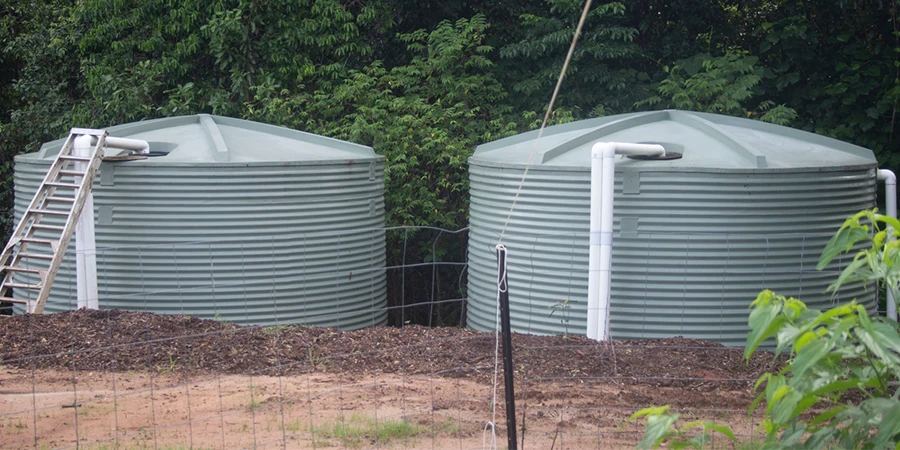Storage tanks are the backbone of the safe and dependable distribution of potable water. Whether for residential, commercial, or industrial purposes, knowing the different types and uses of these tanks is important in making an informed decision for your water storage needs. The following article covers the different types of potable water storage tanks, their benefits, their maintenance, installation tips, and how to choose the best potable water storage tank for you.
Table of Contents:
– Types of potable water storage tanks
– Benefits of using potable water storage tanks
– Maintenance and cleaning of water storage tanks
– Installation tips for potable water storage tanks
– Choosing the right potable water storage tank
Types of Potable Water Storage Tanks
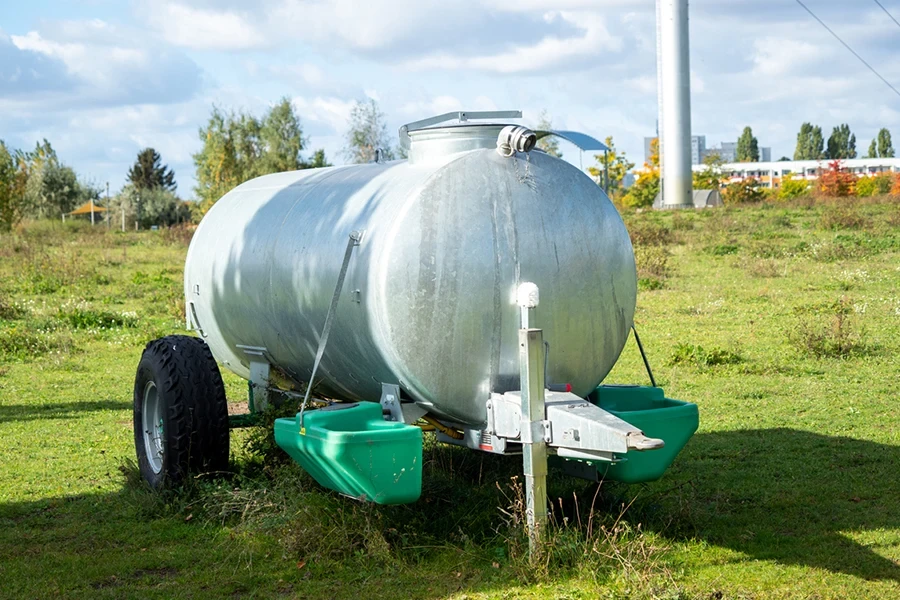
Various types of potable water storage tanks designed and made up of different materials are available for various applications including:
1. Polyethylene (Plastic) Tanks
Polyethylene tanks are widely used, as they are highly durable and easy to maintain. They have great resistance to corrosion and UV rays, so outdoor usage is not a problem. In addition to this, they are light in weight, therefore installation and transport become very simple. These tanks are also available in different sizes, which makes them customized to suit every need of storage.
2. Stainless Steel Tanks
One of its key strengths is the fact that the stainless steel tanks stand the test of time. They’re incredibly resistant to many forms of corrosion and are able to withstand both high and low temperatures. They are good for use indoors and outdoors. Although stainless steel tanks are costly when compared to the cost of plastic tanks, the fact that these tanks can be used for so long ensures that the cost does not turn out to be unreasonable.
3. Concrete Tanks
Big tanks have an industrial application, like water tanks in municipal or industrial usage. These tanks are built to handle very large volumes of water, so they are extremely robust and can be cast on-site. They provide excellent protection from contamination and have a very long operating life, though they are more expensive to install.
Benefits of Using Potable Water Storage Tanks
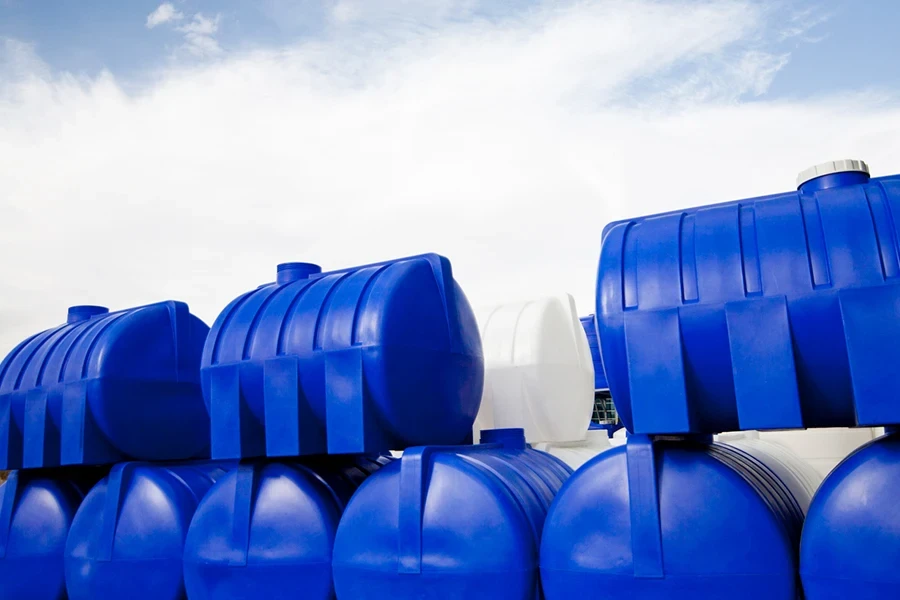
1. Ensuring Water Availability
The potable water storage tanks save the drinking water so that we can use it when necessary.
In some countries, the water from tap cannot be used for drinking due to contaminations and other substance. As a result, many people use the electricity or other resources to filter the water. However, because the water supply is not stable in many places, the filter water may not be available when people need it. Hence, it is important to store the drinking water so that we can use fresh water in an emergency or under other situation when the water source is not available, such as a drought or infrastructure failure.
In conclusion, the drinking water storage tanks provide us the water items when we need it so we can feel more secure, especially when the water supply from underground is not reliable.
2. Protecting Water Quality
Storage tanks that are carefully designed and properly taken care of protect water from contamination. Many tanks have airtight lids that keep water safe and clean. Furthermore, tanks can be equipped with filtration systems to eliminate any contaminants before the water is stored. Also, storage tanks made of non-toxic material retain water that is healthy and doesn’t contain harmful chemicals.
3. Cost Efficiency
The use of water storage tanks can be highly cost-effective as a significant portion of the cost of using municipal water supplies can be saved by harvesting rainwater or storing water during off-peak hours. Over the long term, the savings contributed by a water storage tank can make up for the initial cost of investment and even further increase in efficiency.
Maintenance and Cleaning of Water Storage Tanks
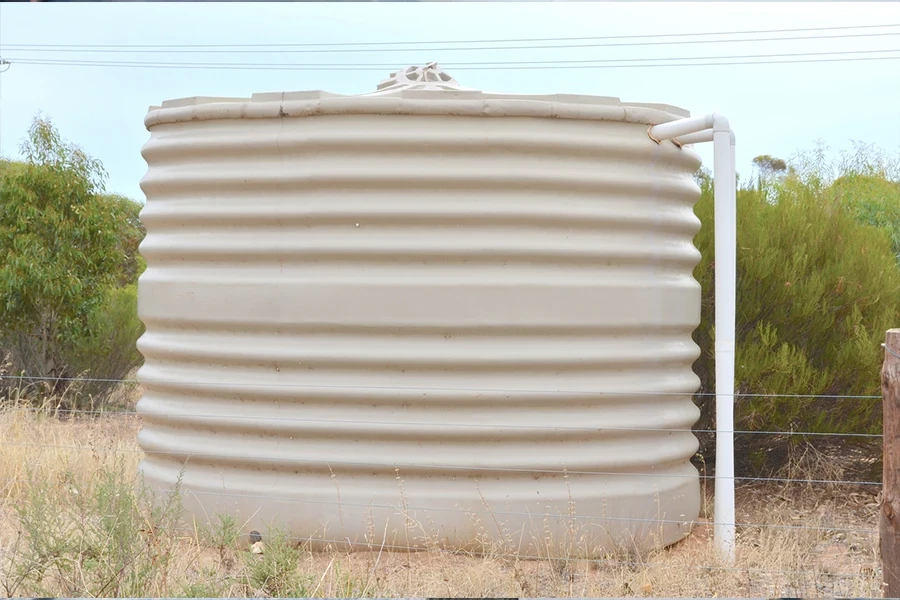
1. Regular Inspection
The full tank should be checked regularly in order to prevent leaks or corrosion that could damage it. The lifespan of the tank could be increased if all possible damage is repaired and detected in time.
2. Cleaning Procedures
Cleaning your potable water storage tank is an important part of insuring water quality. Overtime, sediment and biofilm will accumulate and the water contained therein may be affected. iFor this reason, it is recommended that you clean the tank at least once a year. To do so, you will need to first empty the contents. Next, you must scrub the entire tank with a soft brush to remove any biofilm or sediment resting on the interior surfaces. Finally, make sure to rinse the tank thoroughly with clean water. Use a mild detergent and disinfectant if possible.
3. Water Testing
It is crucial to test your stored water on a regular basis so it remains potable. Check for bacteria, nitrates and pH. If there are problems, remove contaminants from the tank, and treat the water.
Installation Tips for Potable Water Storage Tanks
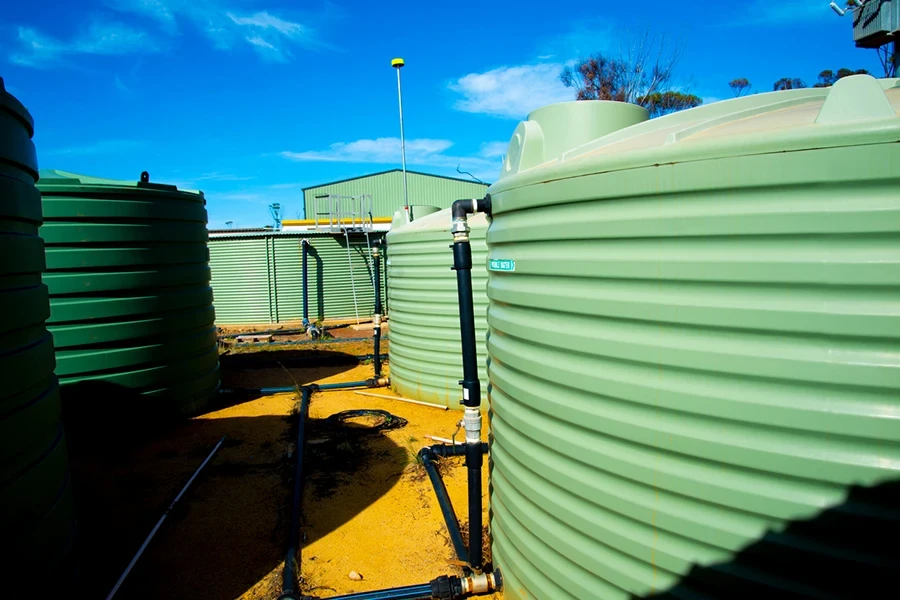
1. Site Selection
Put your storage tank on a solid foundation that’s close to your house and away from any contaminants, with enough space to get into for maintenance and inspections.
2. Foundation Preparation
The tank will wobble when it’s on an unstable foundation. For certain types of tanks, this could mean preparing a concrete pad to park the tank on, or filling the tank bed with gravel or something else. Whatever kind of foundation you use, you should lay it well to avoid problems. Shifting or settling of the foundation can cause damage to the tank.
3. Connection and Plumbing
Make sure all hook-ups and plumbing is correctly done so there are no leaks. Use the proper connection materials and fittings to ensure that the connections are secure. If you’re including this water system in an existing water supply system, check that it operates safely and that all the water pressure is correctly regulated to prevent issues with the existing system.
Choosing the Right Potable Water Storage Tank
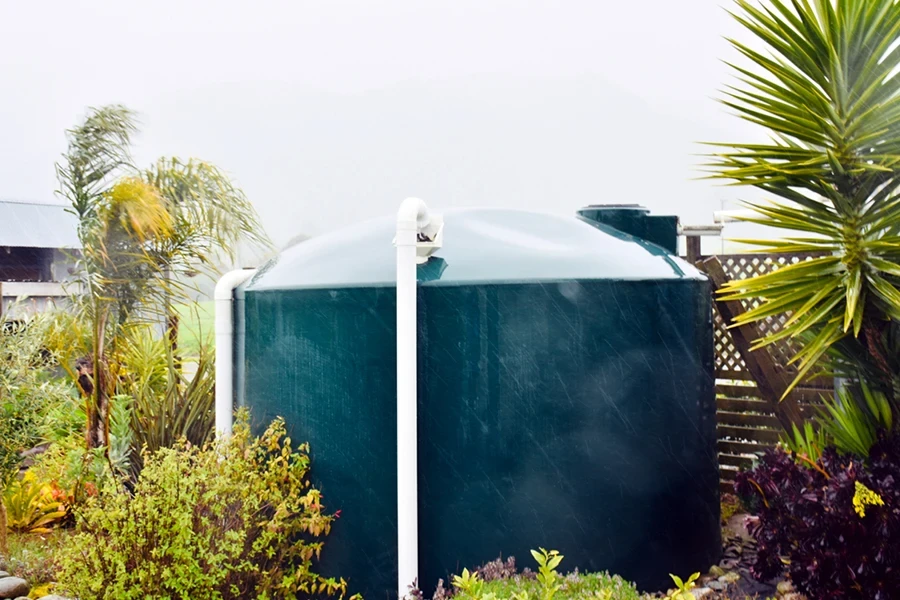
1. Capacity Requirements
Calculate the capacity you’ll need by considering how much water you use in a day or week and how much storage you want. For a residence, you could get by with a small tank, but a commercial or industrial use might require something much larger.
2. Material Considerations
Consider the merits and flaws of several different types of tank materials.Polyethylene tanks: are the cheapest and easiest to install.Stainless steel tanks: are much stronger than polyethylene tanks.Conectrete tanks: are stronger than both mentioned above, but are too strong for small storage applications.However, if you want to store a large amount of liquid, concrete tanks will be perfect for you.
3. Local Regulations
Check local building codes and regulations regarding water storage tanks. It is for your and your neighbour’s wellbeing that you follow these regulations, which will ensure that your tank installation meets safety standards and environmental requirements.
Conclusion
A potable water storage tank is an essential component for effective water storage. When you understand the different types, benefits, maintenance requirements and installation tips, you would be in a position to make the right choice for your water storage needs. Whether at home or a commercial facility, investment towards securing a quality potable water storage tank is a safe and sensible decision.
